Affiliate links on Android Authority may earn us a commission. Learn more.
Waterproof tech: Everything you need to know about IP and ATM ratings
August 2, 2025
Waterproof tech has become a big trend in recent years. But how do you know how protected your device is? Most smartphones use either an IP or ATM ratings (or a combination of both).
Let’s start by talking about IP ratings. Most high-end smartphones these days have an IP68 rating. These include the Samsung Galaxy S25 series, Apple iPhone 16 series, and Google Pixel 10 series. Some can even go up to IP69, but that is rare. What does all of this even mean, though? Let’s dig into it.
What is an IP rating?
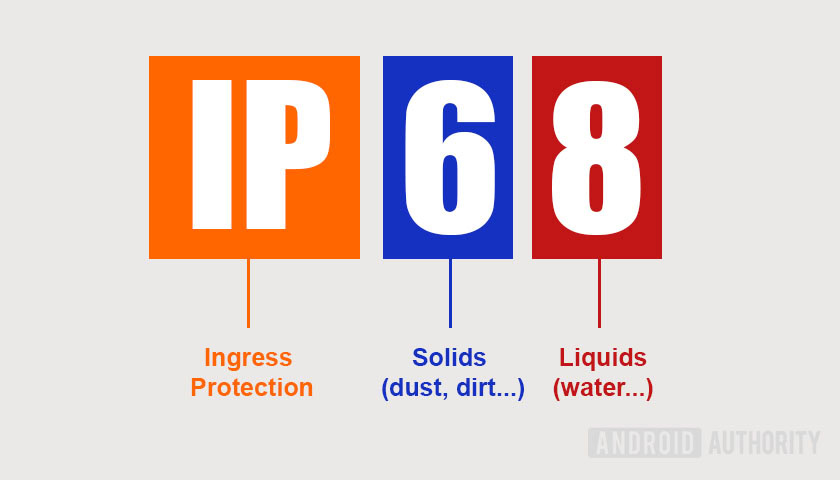
You probably know that IP ratings have something to do with protection from water and dust, but if you are reading this, that may be as far as your understanding goes.
An IP rating tells you the level of protection a device offers against solids and liquids. The International Electrotechnical Commission sets these standards. The “IP” stands for Ingress Protection (or International Protection) and is followed by two numbers. The first number indicates the level of protection against solid particles (dust, dirt, etc.) and ranges from one to six. The second number tells you how much water a device can handle without suffering damage, and it goes from one to nine — the higher the number, the better the protection against liquids. Check out the chart below for detailed info on what each number means:
| Level | Solids (first number) | Liquids (second number) |
|---|---|---|
| Level 1 | Solids (first number) Protected against solid objects over 50mm (example: hands). | Liquids (second number) Protected against vertically falling drops of water. |
| Level 2 | Solids (first number) Protected against solid objects over 12mm (example: fingers). | Liquids (second number) Protected against direct sprays of water up to 15 degrees from the vertical. |
| Level 3 | Solids (first number) Protected against solid objects over 2.5mm (example: tools and wires). | Liquids (second number) Protected against direct sprays of water up to 60 degrees from the vertical. |
| Level 4 | Solids (first number) Protected against solid objects over 1mm (example: small wires). | Liquids (second number) Protected against water sprayed from all directions. |
| Level 5 | Solids (first number) Dust protected — limited ingress of dust permitted. | Liquids (second number) Protected against jets of water from all directions. |
| Level 6 | Solids (first number) Dust-tight — no ingress of dust permitted. | Liquids (second number) Protected against powerful jets of water from all directions. |
| Level 7 | Solids (first number) / | Liquids (second number) Protected against the effects of immersion in water — between 15 cm (5.9 inches) and 1 meter (3.3 feet) for up to 30 minutes. |
| Level 8 | Solids (first number) / | Liquids (second number) Protected against the effects of long periods of immersion in water under pressure. Usually 1.5 meters (4.9 feet) of immersion for up to 30 minutes. |
| Level 9 | Solids (first number) / | Liquids (second number) Protected against high pressure and temperature water jets. The device needs to survive 30 seconds of 14-16 liters directed at the phone from multiple angles, at an 80-degree Celsius temperature. |
As you can tell by the chart above, a handset with an IP67 rating is entirely dust-tight and will survive in up to one meter of water (3.3 feet) for up to 30 minutes. An IP68-rated device is also completely dust-tight. It is protected against the effects of long periods of immersion in water, which usually means it will survive in up to 1.5 meters (4.9 feet) of water for 30 minutes. If a phone is IP69 rated, it means it can also handle really hot water under high pressure.
IP69 ratings are still a bit rare in smartphones, but the list is growing. Some popular phones with an IP69 rating include the OnePlus 13, HONOR Magic 7 Pro, and the Moto G Power 2025.
You’ve probably also heard of an IP69K rating. This one isn’t relevant to smartphones. IP69K ratings are provided to equipment made for road vehicles. It ensures that the rated product can withstand severe washes using pressure washers.
Water-resistant, but not waterproof
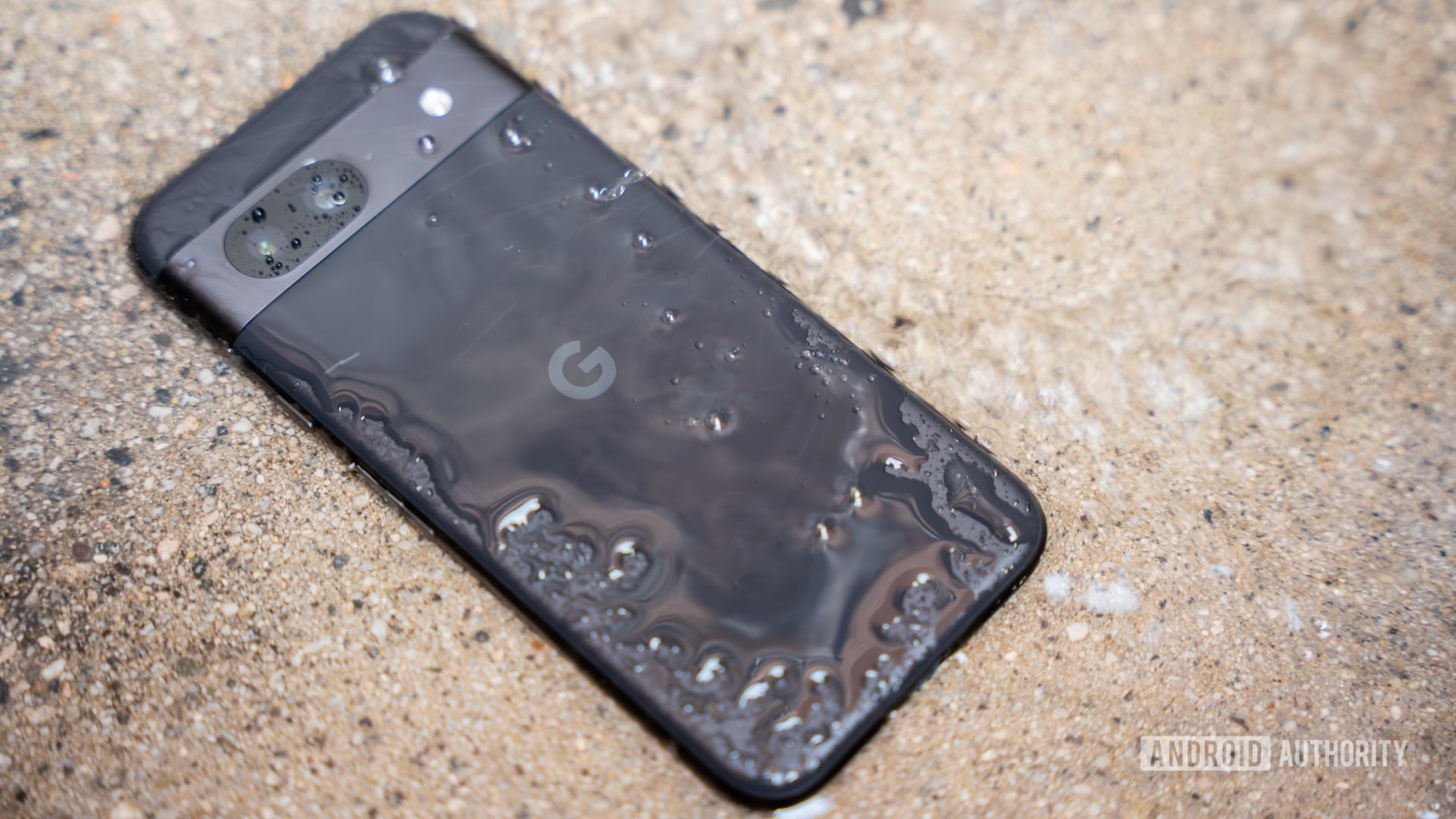
Even if a smartphone has a high IP rating, it may not be completely waterproof. You can drop a phone with an IP68 rating in a freshwater pond or a tub, and it should be fine. However, if that phone is dipped in a chlorinated pool or in the ocean, which has saltwater, that could cause problems.
Manufacturers are always quick to tell you that water resistance is not a permanent state. The rubber seals and gaskets that usually protect a high IP-rated phone from water damage could be weakened over time, decreasing the device’s overall water resistance. Those same seals can erode if a smartphone encounters coffee, soft drinks, or champagne spills.
Remember that a phone’s IP rating is based on closed lab conditions, not real-world situations. In other words, try to keep your phone dry, even if it might have a high IP rating.
Additionally, a phone that has been damaged is likely no longer waterproof. Water can leak into the device through cracks. And if the phone was taken apart, there is a chance it isn’t completely sealed after being assembled again.
ATM Rating
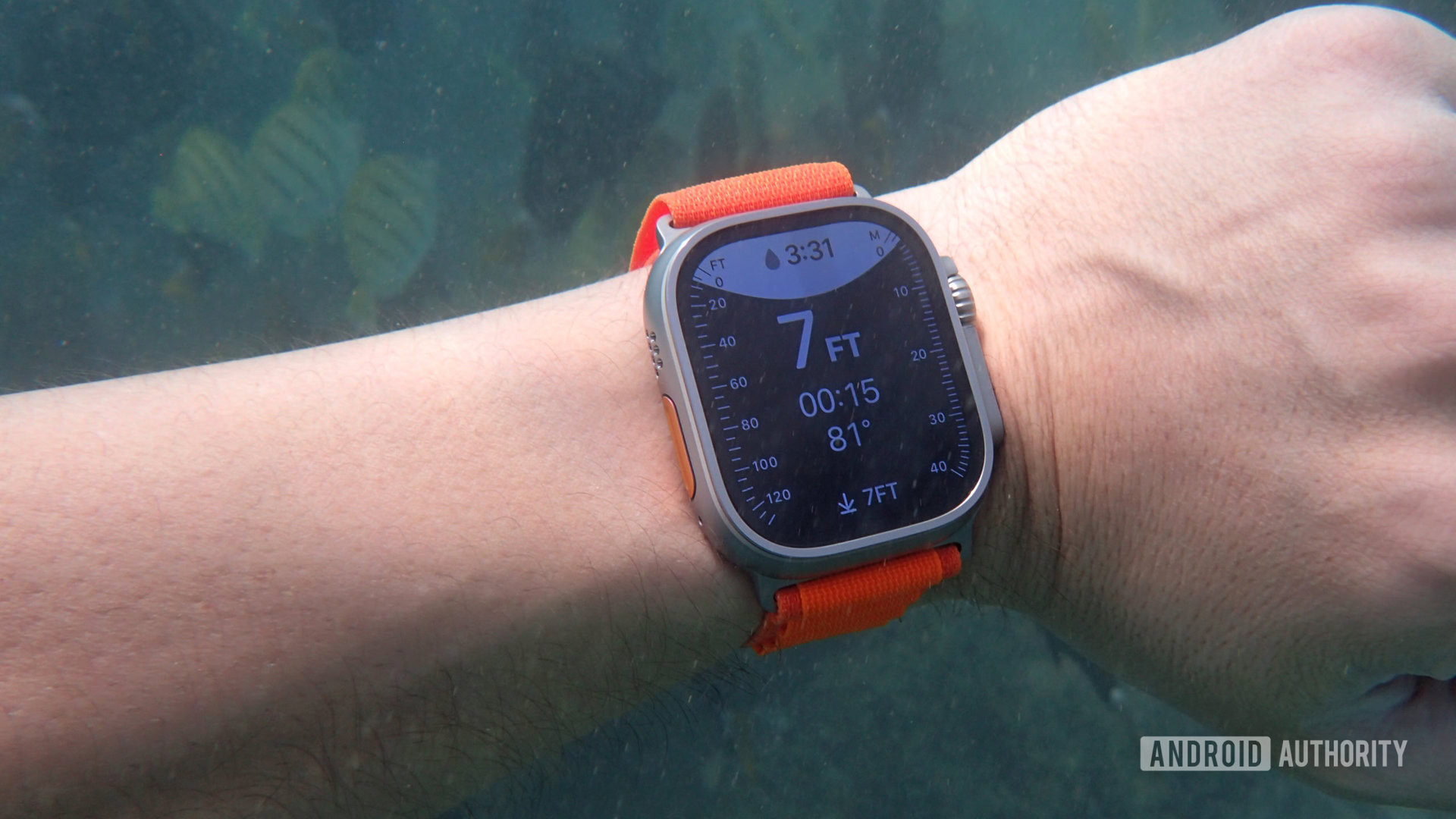
There’s another rating to consider for devices, especially smartwatches: the ATM (Atmospheres) rating system indicates how much static atmospheric pressure a device can withstand while in water. It’s actually an older rating system than the IP certification. A rating of 1 ATM means that you are at sea level, outside of water. If a device has a 1 ATM level listed, don’t put it in water under any circumstances.
The system is actually much simpler to understand. Each ATM number represents about 10 meters of depth. So, if you have a device with an ATM 3 rating, you should be able to submerge it as deep as 30 meters. An ATM 10 rating increases the depth to 100 meters, and so on. These are usually used in smartwatches and other more specialized tech.
Here’s a look at the ATM rating system.
| Rating | Pressure | Device Meaning |
|---|---|---|
| Rating 1 ATM | Pressure 0. | Device Meaning Do not put in water. |
| Rating 3 ATM | Pressure Under 100 feet. | Device Meaning Device can be used in the rain, and protected against splashes. |
| Rating 5 ATM | Pressure Under 165 feet. | Device Meaning Device can last for short amounts of time submerged in water, like swimming in a pool. |
| Rating 10 ATM | Pressure Under 330 feet. | Device Meaning Device can last for much longer amounts of time submerged in water, such as for snorkeling in the ocean. |
| Rating 20 ATM | Pressure Under 660 feet. | Device Meaning Device can handle being used for high impact water sports like surfing and jet skiing. |
Military-ready standards
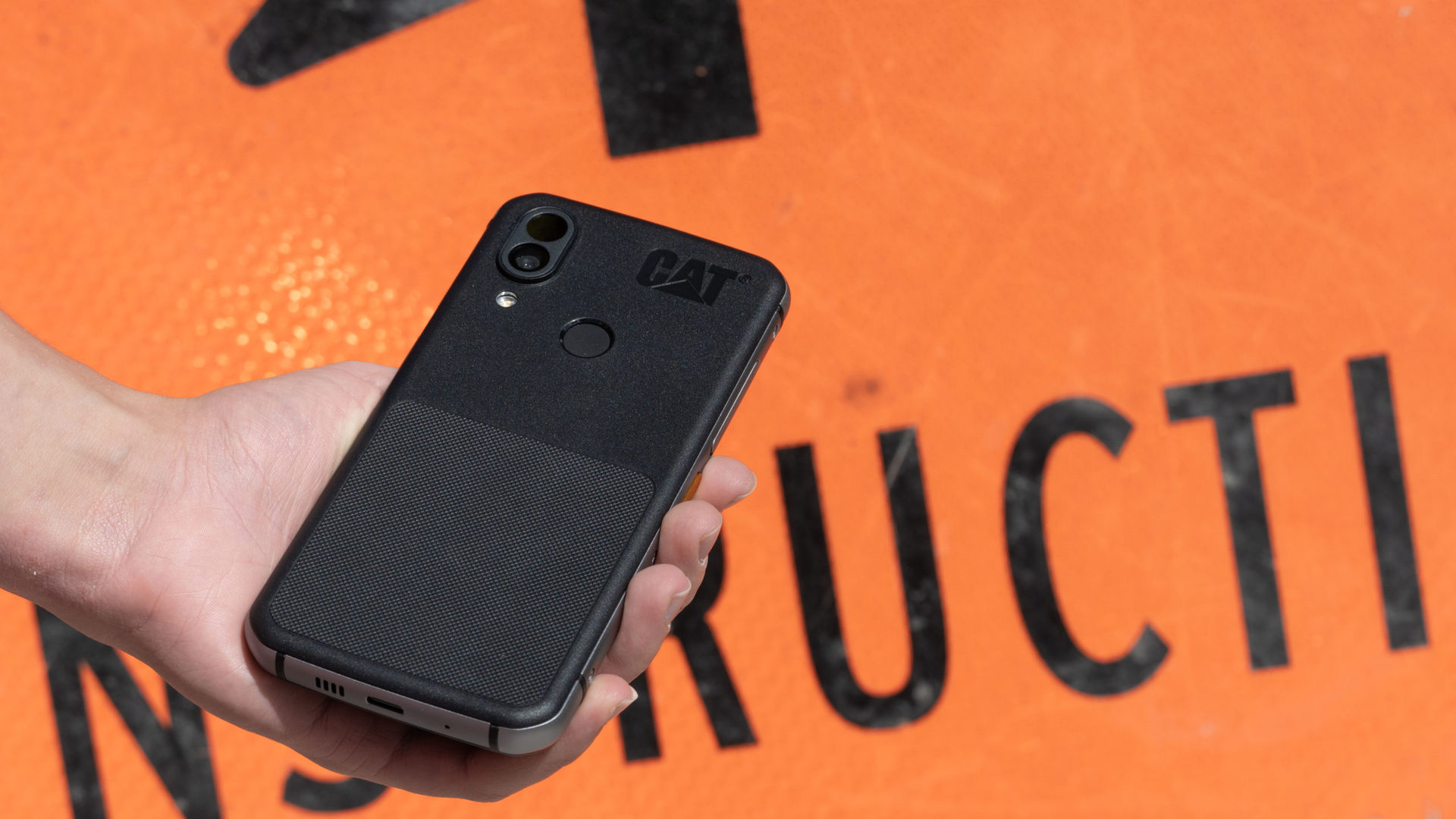
You may be wondering if there are any tougher handsets out there. Military certifications guarantee “combat-ready” smartphones that can handle all kinds of damage. MIL-STD-810G-certified smartphones go through a series of 29 tests. These include exposure to shock, vibration, heat, cold, gunfire shock, humidity, and more. You can learn more about these in the link below. There’s also the improved MIL-STD-810H now, which goes through 30 tests.
These MIL-STD ratings are usually reserved for rugged devices. Here’s our list of the best rugged phones, if you want to take a look at some options.
Looking after your devices
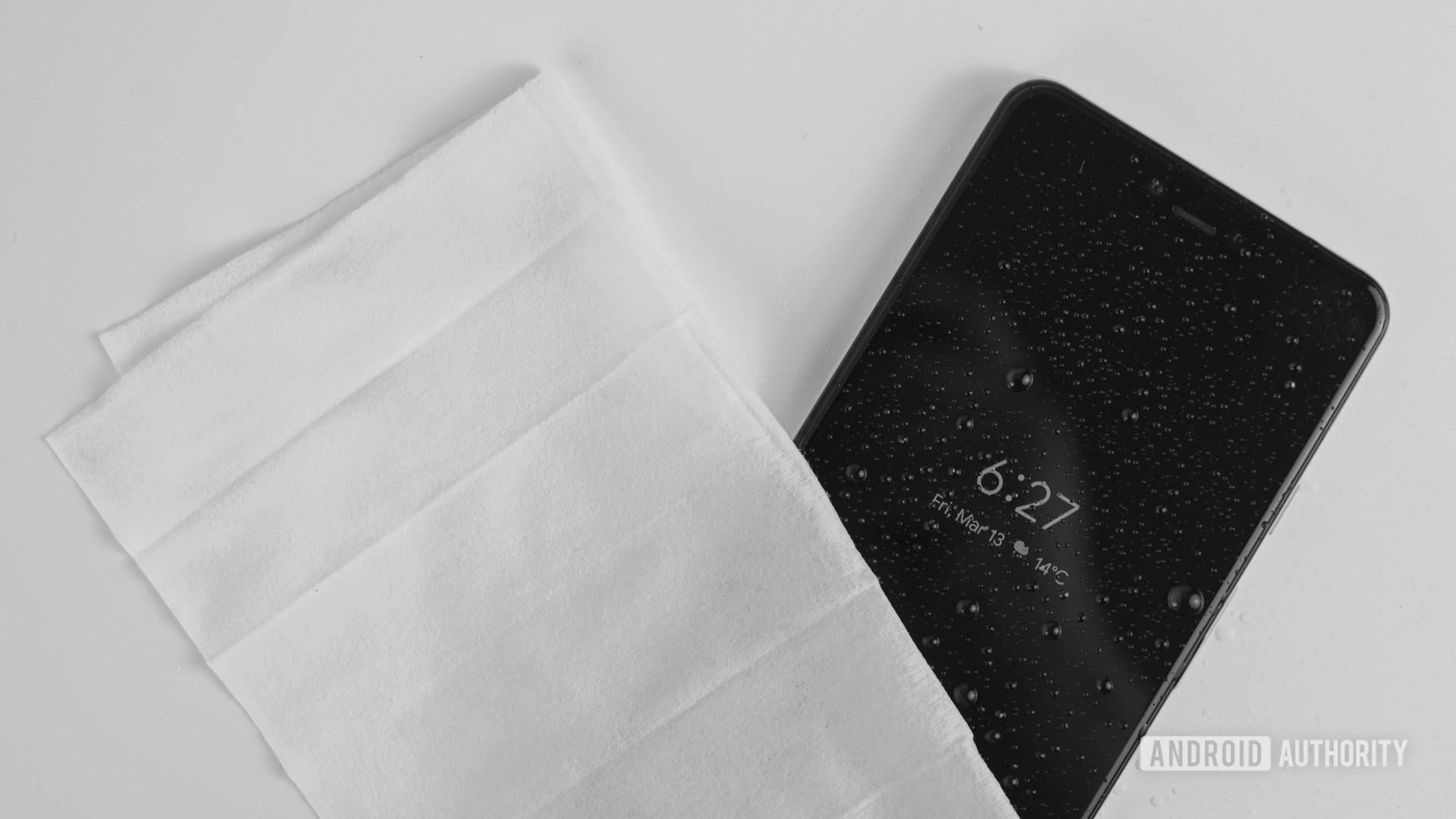
An IP or ATM rating gives you peace of mind if you pick up your device with wet hands, accidentally drop it in the pool, or use it in the rain. Without it, there is no reassurance that a device will survive some liquid exposure.
However, that does not mean your smartphone is invincible. Here are some quick tips to ensure you will get the most out of your smartphone:
- If you decide to take your phone in the water, make sure to cover all the ports. Those may include SIM and microSD card slots. Your USB power port may also have a cover.
- If you take your phone into a chlorinated pool, wash it off with fresh water when you take it out. Don’t use soap or chemicals.
- Your phone should stay away from saltwater, like the water found in the ocean.
- Avoid using your phone in extreme locations, including places with high heat, like a sauna, or rough environments.
- If your phone goes into the water, dry it off thoroughly before plugging other accessories into their ports. That includes your USB phone charger or wired headphones if the phone has a headphone jack. Also, don’t use a hairdryer to dry off your phone; use a dry cloth.
- Remove any hair or other small objects that you might see inside your phone’s covers and ports. Even small amounts of dirt could damage your microSD card slot, USB power ports, or headphone jack.
- One last recommendation we can give you is to always have smartphone insurance. You never know when something can go wrong. Also, read your insurance’s terms, as some might not cover water damage, especially when caused by willful actions.
Consider getting a waterproof pouch

If you must take your phone underwater, we recommend investing in a second layer of protection. Waterproof pouches are a great way to keep your expensive electronics safe when submerged in liquids. Here’s a really good one from CaliCase.
FAQs
IP ratings are standards that measure how much a product can withstand solids and liquids. It stands for Ingress Protection, and two numbers follow it. The first measures how much the unit can handle solids, while the second number measures liquid resistance.
The best smartphones usually come with an IP68 rating. This makes them dust-tight and protected against immersion up to 1.5 meters for up to 30 minutes. Some rugged devices take it a step further and also get IP69 certification, which means they can withstand pressured hot water.
Smartphones don’t usually come with ATM ratings. These ratings are reserved for watches and other products you might take to deeper depths.
The most resistant rugged devices come with a MIL-STD rating. Usually, it is MIL-STD-810H, but some devices still have the older MIL-STD-810G rating. These devices go through a wide variety of tests, and can generally handle more damage, such as shock, high pressures, extreme temperatures, and more.
Some phones don’t have excellent IP ratings. This means it might be unsafe to get them in contact with water. That said, you can always get a waterproof phone pouch and add a layer of protection to any device.
Say the worst has already happened, and you’ve already water-damaged your smartphone. We have a guide for fixing water-damaged phones. Just keep in mind none of these methods are guaranteed to work. You might need a new phone. Check out our list of the best Android phones available.
Thank you for being part of our community. Read our Comment Policy before posting.